|
There’s a saying that during a gold rush, you want to be the one selling pickaxes. This year, everyone is hot on cryptocurrency and blockchain, though few understand what these platforms are really doing. So, here’s a breakdown on the opportunities and the pitfalls, and ways that anyone can profit. Understand that there are more than a few risks associated with investing in the next hot thing, and, therefore, you should be using fun money, not your retirement. 6 Ways to Play Cryptocurrency and Blockchain.
And here is more information on each point. 1. Cryptocurrency as Currency. In December of 2017, Bitcoin was trading at $20,000/coin. By June 15, 2018, it was down to just $6,514. Similar losses were seen in Bitcoin Cash, Ethereum and Litecoin. You can’t have a currency that is worth $20,000 one day and $6,500 the next. Avoid using cryptocurrency to buy or sell things. In 2018, over 85% of the transactions were speculative trading, not currency usage. Also, if you see a new cryptocurrency being launched, then you have to do a forensic analysis of the individuals behind the currency before you believe the sales pitch. Scams abound in this space. Shysters are on fire creating MLMs and “philanthropic” or utopian crypto worlds that are really just their own get-rich-quick on your dime nefarious underworlds. 2. Trading Cryptocurrency. On June 21, 2017, Ethereum experienced a flash crash, dropping from $318/coin to 10 cents in a matter of minutes. This was sparked when a seller attempted to dump multi millions of Ethereum at once, and then cascaded into chaos with a mass of stop loss sell orders. There are two lessons to be learned here. One is to have a “capture gains” strategy rather than a “stop loss” strategy. When markets are this volatile, capturing gains can mean winning and increasing your wealth frequently with a “trade around the core” strategy, whereas stop losses lock in losses every time there is volatility (which is ongoing in crypto these days). The other lesson is that you can place ridiculously low limit orders that might actually work out for you. It was reported that there was a buy order for Ethereum at 10 cents that GDAX (the leading cryptocurrency exchange) honored. Wow. Ethereum was back to over $300/coin within days, and is currently still at $490/coin (as of June 15, 2018). It was also reported that no one could sell at the high of $20,000/Bitcoin – that the site crashed. The volatility is extreme! Coinbase and GDAX (owned by Coinbase) have solid leadership and boards, if you are looking for a reputable company for your crypto wallet and for your trading. Coinbase has hired CFO Alesia Haas, formerly CFO of Oz Management (a global hedge fund). This prepares the way for an IPO (but doesn’t guarantee it). Coinbase is a company that investors should keep an eye on. 3. Selling the PickAxes. There are a lot of MLM schemes posing as pickaxes of the cryptocurrency and blockchain opportunities. I get emails almost daily asking me to double-check on this or that amazing, once-in-a-lifetime, act NOW! ruse. Not even one has turned out to be legitimate. Buyer beware! So what are the pickaxes of blockchain and crypto? 4. Peripheral Industries. Mining crypto takes a treasure trove of energy. So, you could make a case for data storage or energy companies as benefitting. Nvidia has exploded in share price, under the halo of crypto (and other tech products), and is part of the FAANNG super group (with Facebook, Amazon, Apple, Netflix and Google). Nvidia has 34% profit margins and year-over-year sales growth of 65.6%! However, the share price reflects this popularity, and is trading at an all-time high. Coinbase is not yet publicly traded, but could be soon. Marathon Patent Group (NASDAQ: MARA), a potential Coinbase competitor, has $91.7 million in accumulated deficits, interim C-level management, only $5 million (or less) cash on hand and might not make it through the next quarter without restructuring. This means that even investing now, at an all-time low, might result in losing everything. Marathon will have to raise a substantial amount of capital to continue operating. They should report their 2nd quarter 2018 earnings around August 21, 2018. Articles list dozens of cryptocurrency plays. However, the majority of those companies listed in the articles are cash-negative micro caps that are trading off the boards, where pump and dump schemes abound. 5. Blockchain Technology. A lot of bulletin boards and stock newsletters are using the word block chain as bait to lure you into a subscription. The truth is that the biggest developers of blockchain are IBM and the banking industry, alongside a few entrepreneurial startups that are not yet publicly traded. This space is worth monitoring. However, again, here is another place where shysters, scams and newsletter opportunists abound more than opportunity... There is no clear winner here yet. 6. Disruptive Innovations. There are typically two cycles to disruptive innovations. The first wave is one where there are a slew of companies competing to have the best new technology and industrial game-changer, and even more wannabes and fakers who are capitalizing on the buzz words and taking people to the cleaners. After the bubble pops, usually due to too much speculative spending on R&D without enough sales and revenue, the industry experiences consolidation, where only the best survive. The next phase, one of mass adoption and more affordable pricing, produces a far more prolonged rally. We saw this in the Dot Com bubble and bust in 2000, which fell again in the Great Recession (due to market forces more than industrial disruption), and are currently experiencing the fever of FAANNG. So, even if you are able to find a company to capitalize on in crypto or blockchain, be careful that you are not caught up in the first, very reliable correction between the early innovation phase (bubble/crash) and the mass adoption (more extended) profitable cycle. Read Peter Schumpeter’s Capitalism, Socialism and Democracy for more information on disruptive innovations theory. So far, Nvidia and Coinbase are the best bets in cryptocurrency. However, Nvidia’s price is very high, and Coinbase is not yet publicly traded. Steer clear of get-rich-quick schemes as these are often marketing ruses to allow insiders to pocket profits at your expense. Other Cryptocurrency Blogs to Read Chain Split Disruption The Bitcoin Cash Hard Fork The Ethereum Flash Crash If you are interested in learning how to invest in cryptocurrency, emerging markets (like cannabis), hot stocks and more, then join me at an upcoming Investor Educational Retreat. Call 310-430-2397 to learn more. Register by June 30, 2018, and you will receive the lowest price and a complimentary 50-minute private prosperity coaching session (value $300).  Dear Natalie: Interest rates keep rising. I still have an adjustable rate mortgage. Should I lock in a fixed rate? Signed: Struggling to Make Ends Meet Dear Homeowner: Rising interest rates will affect homeowners, both sellers and buyers, as mortgage interest rates are predicted to move faster than the Fed Fund rate. If you are planning to stay in your home and you haven't locked in your fixed interest rate, then now could be a great time to do that. However, make sure that you are doing this as part of a serious look at the affordability of your home. If your home is seriously underwater, or if you are treading water to stay afloat on an unaffordable situation, then you need to address these issues before you decide to stay where you are (and lock in a fixed rate and commitment). According to ATTOM Data Solutions, there are still 5.2 million homes that are severely underwater. In many of the most popular cities in the U.S., homes have become unaffordable to the vast majority of the people who live there. The economic projections indicate that the Feds could take the Fed Fund rate to 2.4% this year, which forecasts at least two more rate hikes spaced out over the 4 meetings that remain. Interest rates are expected to double by 2020, to 3.4%. (Fed Fund rates began 2018 at 1.5%). Rising interest rates affect everything, including the cost of servicing the $21.1 trillion U.S. public debt. Here are a few of the main considerations for homeowners, buyers and sellers. Homeowners If you plan on living in your home for a while, then locking in a fixed rate now will protect you from rising mortgage rates. It’s a good idea to align the payoff date with your retirement date. I’ve seen a few fixed rate loan modification offers that lock homeowners into a mortgage that is higher than the value of their home. This is generally a bad idea. So is staying in a home that you cannot afford, where you are draining your retirement accounts or taking on high interest credit card debt to make ends meet. Help for distressed homeowners is available. However, solutions that help you will not be found through the bank. (They’ll offer solutions that benefit the bank, oftentimes at the homeowner’s expense.) Buyers Real estate prices are back to an all-time high. Be very careful that you are not buying high, and susceptible to capital losses on your purchase. Broker/salesmen will be tempted to use rising interest rates as a carrot to get you to bite into a purchase now. Yes you are very likely to have to finance at higher rates going forward. However, buying high is never a good idea. Sellers As interest rates rise, fewer buyers will be able to afford your home. So, if you’re in need of selling sometime in the next 12-24 months, particularly if you live in an unaffordable area, then it might be a good idea to consider selling sooner rather than later. Click to access links to the FOMC press release and the economic projections, released on June 13, 2018. Here is Lawrence Yun's commentary on the action. Dr. Yun is the chief economist of the National Association of Realtors. "We are still in the middle innings of rising interest rates; consumers should expect another three or four rounds of interest rate increases over the next 18 months. Mortgage rates will consequently continue to nudge higher. Fortunately, the economy is strong and wages are rising. If housing supply can be increased through more home building, then the negative impact of rising interest rates can be mitigated.” When the Federal Reserve Open Market Committee raised interest rates on June 13, 2018, the stock market responded by dropping (as has been the trend). The Dow closed down 119.53 points. The next Fed Fund rate assessment will take place at the FOMC meeting on July 31, 2018-August 1, 2018. I would expect another interest rate hike at that meeting, as the Feds try to stay ahead of inflation and continue to deleverage the Federal Reserve balance sheet. If you are interested in protecting your nest egg from the next downturn in stocks, in adopting a sustainable budget, in learning more about real estate and homeownership, in reducing your debt and in saving thousands annually with smarter big-ticket choices, then join me at my next Financial Empowerment Retreat. You have two to choose from below. Register by June 30, 2018, to receive the lowest price and a complimentary private, prosperity coaching session (value $300). Call 310-430-2397 or email Heather @ NataliePace.com to learn more.
Today, the U.S. Trustees issued reports on Social Security and Medicare. The situation is stark and bleak. According to letters sent to Vice President Mike Pence and Speaker of the House Paul Ryan, Disability Insurance asset reserves will fall below 20% of the costs by 2027 (i.e. 9 years), and be depleted by 2032 (14 years). The combined trusts of the Old-Age and Survivor’s Insurance (OASI) and Disability Insurance Fund are projected to be depleted in 2034 (16 years). The Federal Hospital Insurance Trust Fund is projecting deficits every year until the fund is depleted in 2026. This is three years earlier than was predicted in last year’s report. Here’s a summary of the Social Security and Medicare Trust Fund Reports. * OASI or DI Trust Fund assets are projected to drop below 20 percent of annual cost within 10 years. * Medicare’s Hospital Trust will be depleted in 8 years (3 years earlier than predicted in the last report). Why is This Happening? While political parties blame each other for the mess, the truth is that the world changed dramatically since these programs were created. Baby Boomers are Retiring. 2018-2027 is expected to see a high level of Baby Boomer retirement. By 2030, 1 out of 5 Americans will be retirement age (source: Census Bureau). People are Living Longer in Retirement. Today the average life span in the U.S. is 78 ½ years, with Canadians living until almost 81. In 1960, life expectancies were 67 years. Then you were lucky to live two years beyond retirement. Today, someone retiring at 65 might live 13 or more golden years beyond their career! Medical Care Costs Went to the Moon between 1960 and 2008. Between 1960 and 2008, medical costs soared far above GDP growth. Since 2008, medical cost increases have moderated, but are still above economic growth (source: Trustees Report). Recommendations The Trustees encourage lawmakers to act now to “increase revenues” (taxes), to reduce costs by modifying benefit levels or eligibility requirements, or to use a combination of methods. Economists say that the problem is quite simple. As Princeton economist Uwe Reinhardt said in a study 15 years ago, “It’s the prices, stupid.” According to a recent report by Dr. Ashish Jha of the Harvard T.H. Chan School of Public Health, medical costs in the U.S. are astronomical compared to other countries.
Pricing is clearly the biggest reason that our health care costs are out of whack. Anyone who has visited a hospital or doctor recently can tell you that. While the politicians debate the solutions, there are a few ways that individuals can fix part of the problem. This becomes more evident when we take a peek behind the numbers. For instance, why have medical costs soared? Is it solely due to technology, innovation and inflation? Or are there other factors at play? 5 Fast Facts About Medical Costs in the U.S.
1. The U.S. is spending $3.2 trillion on health care each year. That equates to roughly 18% of our annual GDP, and is the highest in the world. 2. Obesity. More than 1/3 of American adults (36.5%) and 17% of children are obese. The U.S. ranks number 12 as the most obese nation in the world. The good news is that since 2014, there have been declines in obesity among preschool children. 3. Medical Costs Associated with Obesity. Obesity-related conditions include “Heart disease, stroke, type 2 diabetes and certain types of cancer, some of the leading causes of preventable death,” according to the CDC. Obesity costs added $147 billion to the medical bill in 2008. A decade later, the problem is even more pronounced, with more people affected and higher medical costs. 4. Since 2014, obesity rates in low-income preschool children have been declining. 5. The RX: Better Food and More Playing. The term is technically called healthy living, but it basically means that everyone, but especially children, need more access to nutrition-rich food and outdoor play. Click to see 5 bullet points on what the CDC recommends for better health at school, including opening up school gyms and playgrounds after hours for safe play. While the legislators figure out how to shore up Social Security and Medicare by taxing us more, or reducing benefits and eligibility, we can, as individuals, help the issue by getting healthier. There are many fixes needed to save these programs, including ameliorating the opioid epidemic, making medical care more affordable and finding better solutions for end-of-life costs, which make up at least 11% of all medical costs. You can get some exercise (good for healthy living RX) walking over to your representative’s next town hall to make sure that all of these issues – not just higher taxes and reduced benefits – are in the debate. If you are concerned about your retirement and want time-proven solutions, call 310-430-2397 or email info @ NataliePace.com. Receive a complimentary private, prosperity coaching session (value $300), when you register for a retreat by June 30, 2018. See below for information on the next two Financial Empowerment Seminars.  Hi Natalie. Tough tape these days for trading. I am tired of seeing slow declines in many of my long-term positions! Do you think it best to capitulate and sell currently declining positions, which you believe have great growth potential going forward? Signed Impatient With Volatility Dear Prudent Investor, First of all, I’m going to assume that we’re talking about a small trading portfolio, not your retirement fund. The strategies for nest egg rebalancing are very different from the strategies used in your trading portfolio (where you take on higher risk for higher gain, with money you can afford to lose). If you are talking about your nest egg, then please let me know, and I’ll do another blog on nest eggs. There was a saying on Wall Street in 1999 that a monkey could throw darts at a wall full of Dot Com stocks and make a killing. Of course, as Warren Buffett is fond of saying, when you get a recession, you see who has been swimming naked. These market aphorisms basically say that it’s easy to make money in bull markets, and you’re very likely to lose a lot of money in bear markets. I have to mention here that the last two recessions were more like depressions in losses. The Dow Jones Industrial Average dove 55% underwater in the Great Recession. Dow Jones Industrial Average Performance Chart October 2007 - April 2009 The NASDAQ composite index lost 78% Dot Com Recession, and took 15 years to crawl back to even. Stocks are trading near an all-time high, even with the recent pullback. NASDAQ Composite Index Performance Chart March of 2000 - October of 2002 The simplest answer to your question is that this is the 10th year of the current bull market. Statistically and historically, the data says we should be near the end. Even great stocks with huge potential can get drug down in a major correction. Even Apple, which had launched a game changing smart phone and was giving it away for free (courtesy of AT&T), lost 45% between the highs of October 2007 and the low of March 9, 2009. Whenever you have an individual stock, there is always a series of questions you can ask that will help you to determine whether or not that stock is really a leader in a hot industry, and whether or not it has the potential to continue to increase in share price. The first thing you do is line up the competition, do a Stock Report Card ®, ask my Four Questions ®, and then apply the 3-Ingredient Recipe for Cooking up Profits ®. As you can see, the analysis of whether or not the company is a great leader in the sector is detailed and full of data. However assimilating all this data takes about 20 minutes, the same amount of time you might spend reading a bunch of articles and receiving a fraction of useable information. After you determine that your company is indeed a leader (the 2nd ingredient in the recipe), then you need to look at the macro economics. What is the general market place going to do? In the 10th year of a bull market you can assume that we’re nearing the end – especially when every economic indicator that was present before the Great Recession is back with a vengeance, with even higher numbers. Real estate prices are higher. Public debt is an astronomical $21 trillion and counting. Consumer debt is an all time high of $13 trillion. College loan debt has gone through the roof to $1.4 trillion. Earlier this year, Alan Greenspan said that stocks and bonds are in a bubble. So it may be fair to assume that the macro environment is inflated and poised for a correction. Before any correction there is usually an effervescence stage. We might still be in that. You just don’t know how long the effervescence lasts before the bubble pops. If for some reason the company you are interested in is trading for a song, or is a game-changer, like the iPhone was, then you might have a window for profit-taking before the next downturn. The 2nd quarter GDP growth report is supposed to be strong, which could lift things at the end of July. However, there are other indicators that might take stocks in the opposite direction, like another increase of the Fed Fund interest rate, which could be as early as June 13th or August 1st. As you can see, there’s a lot of work in trading individual stocks, which is why funds are a better idea for most folks in their retirement plans. If you aren’t sure that your nest egg is protected adequately from the next downturn, then be sure to reach out again. It’s never a matter of market timing, or jumping all in or all out. You want your retirement accounts to be “money while you sleep,” not money while you fret, babysit, worry, work work work. For additional information on my nest egg pie charts, you can read my three bestselling books or attend an upcoming Investor Educational Retreat. See the links below. |
AuthorNatalie Pace is the co-creator of the Earth Gratitude Project and the author of The Power of 8 Billion: It's Up to Us, The ABCs of Money, The ABCs of Money for College, The Gratitude Game and Put Your Money Where Your Heart Is. She is a repeat guest & speaker on national news shows and stages. She has been ranked the No. 1 stock picker, above over 830 A-list pundits, by an independent tracking agency, and has been saving homes and nest eggs since 1999. Archives
July 2024
Categories |


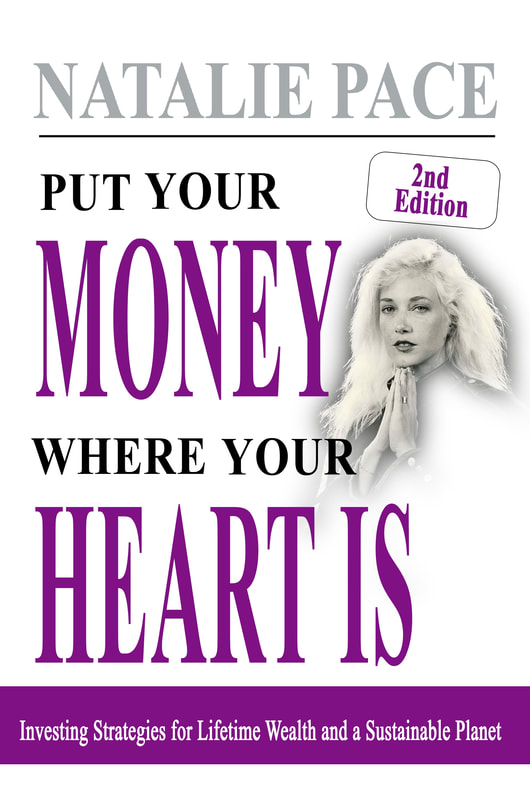
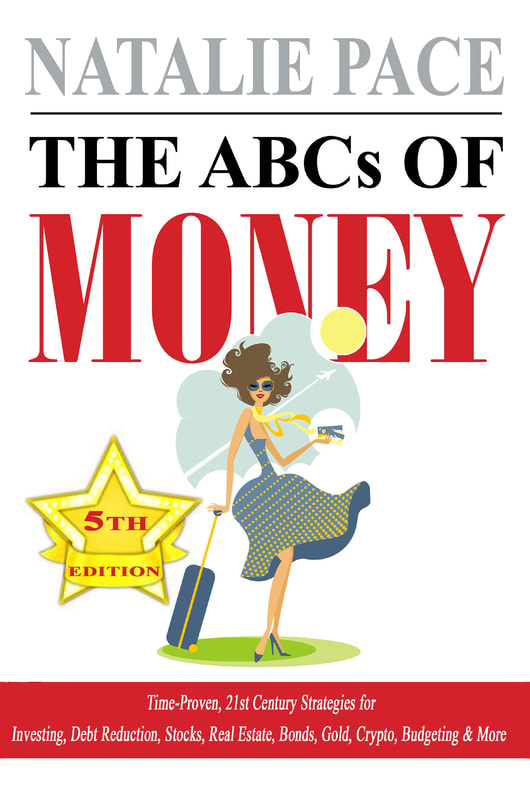

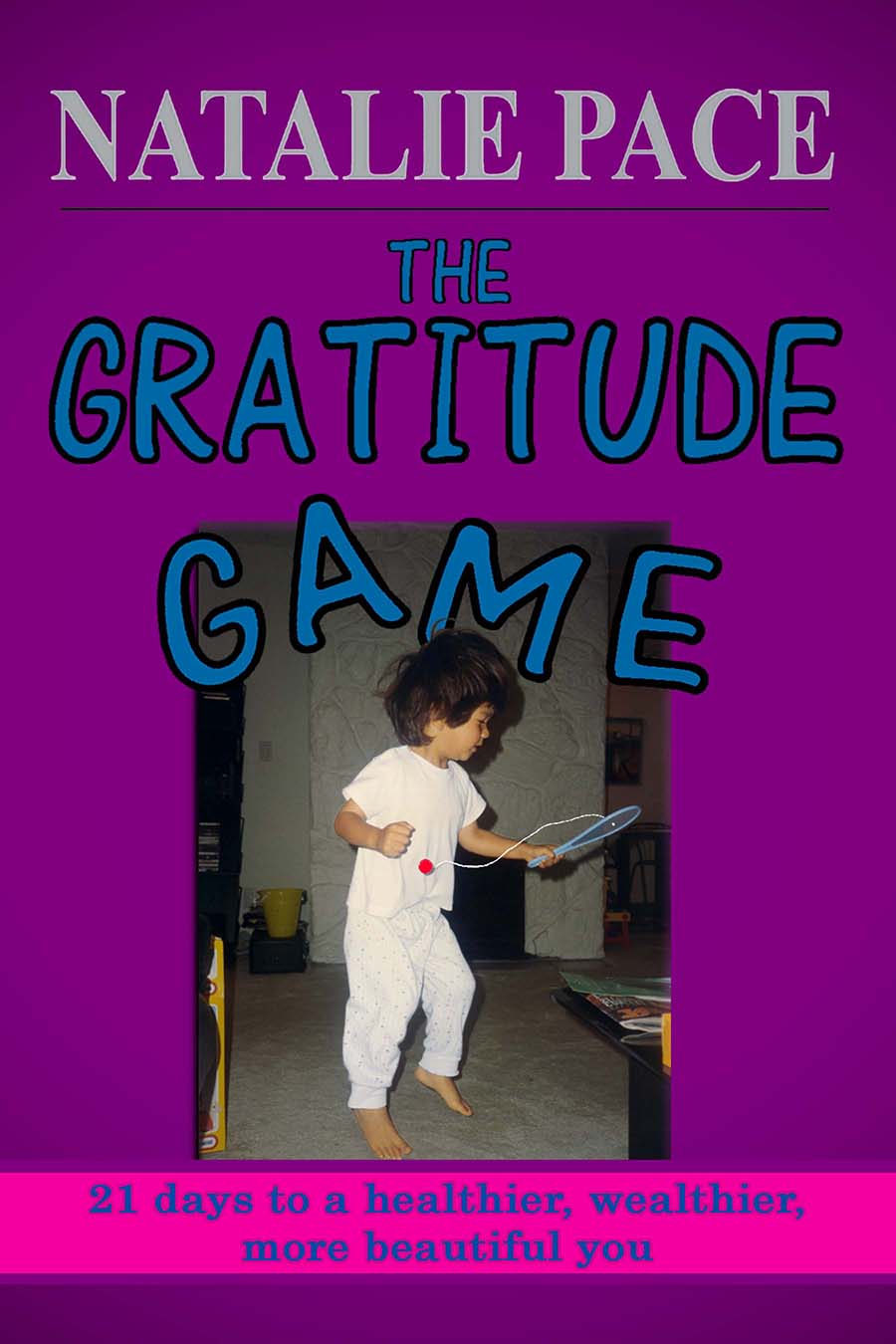
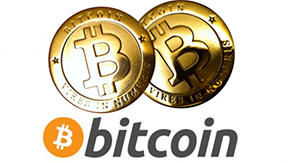
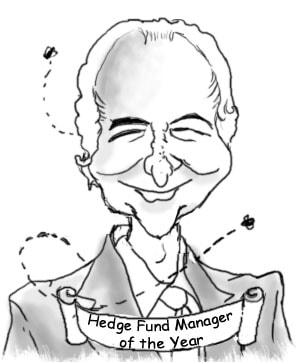









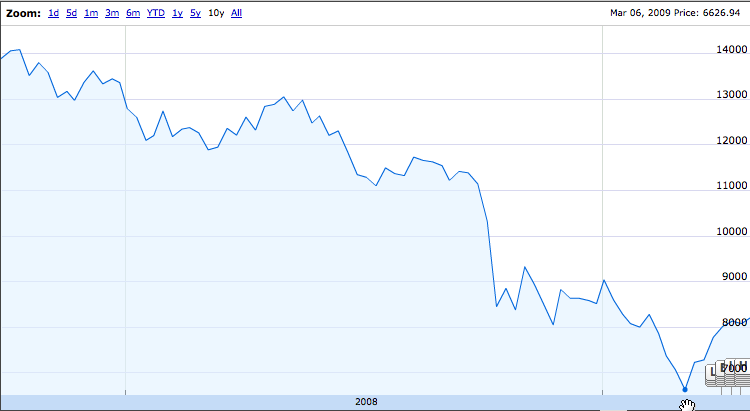
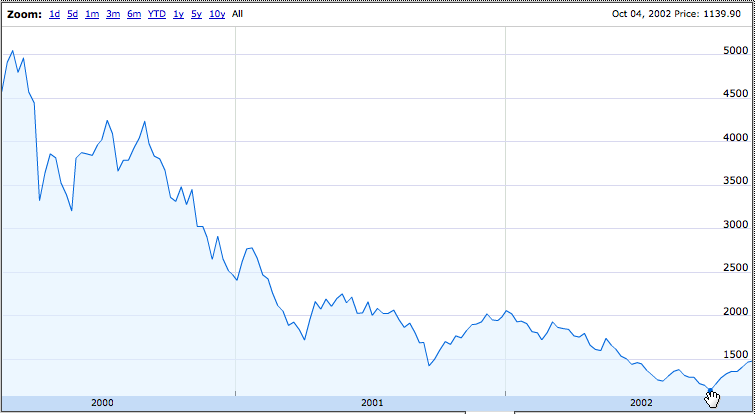
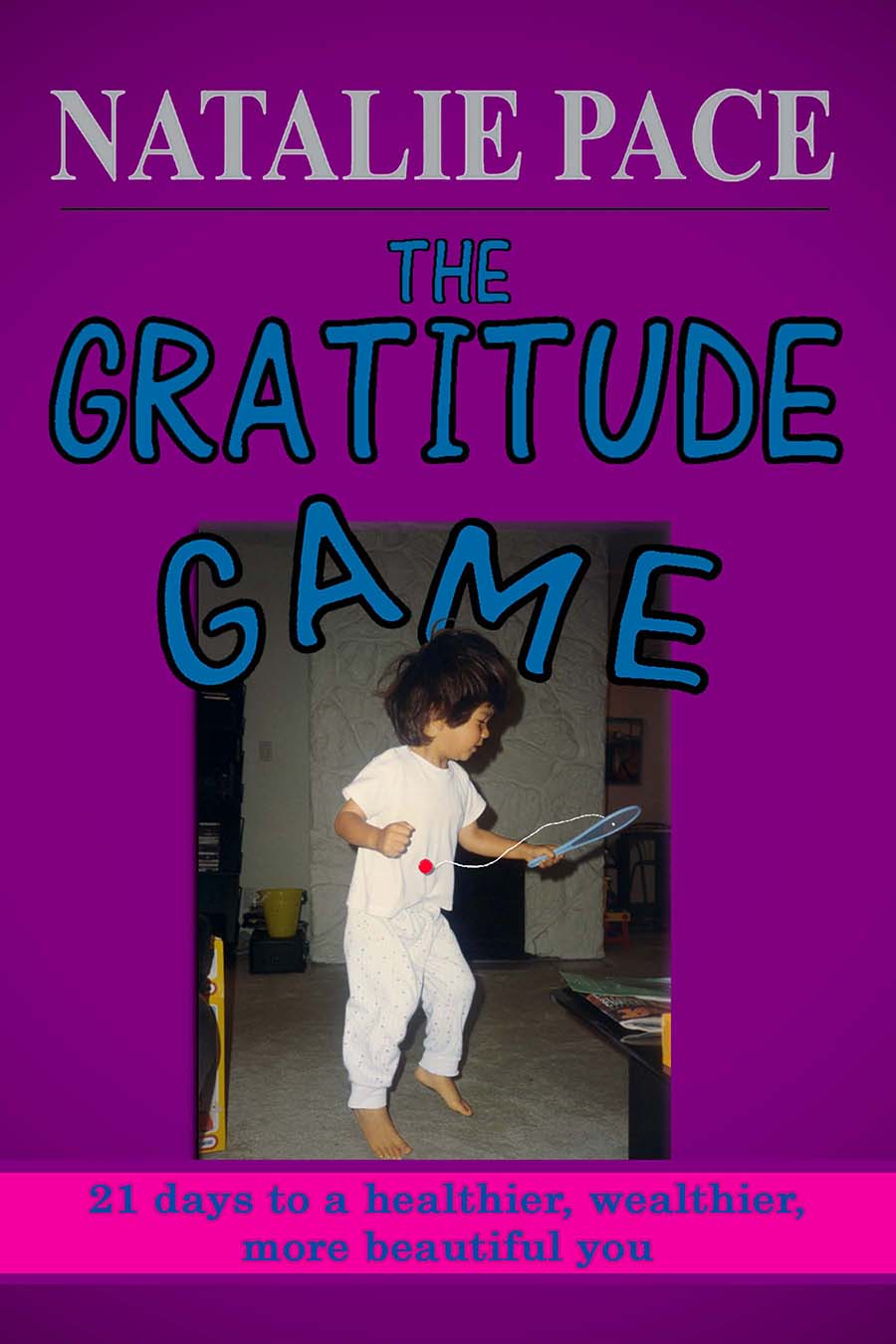
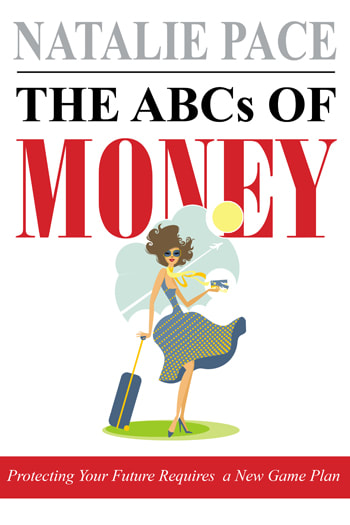



 RSS Feed
RSS Feed